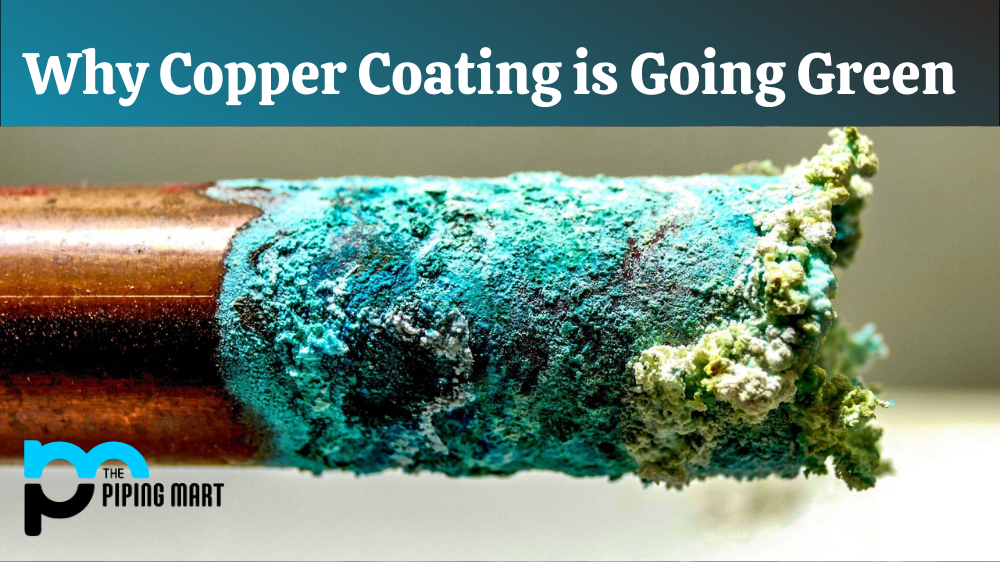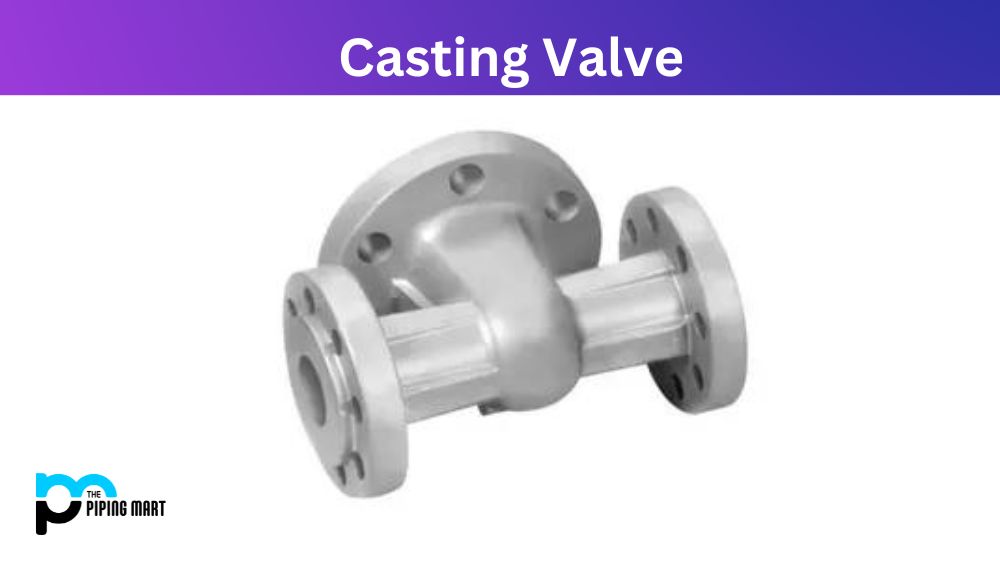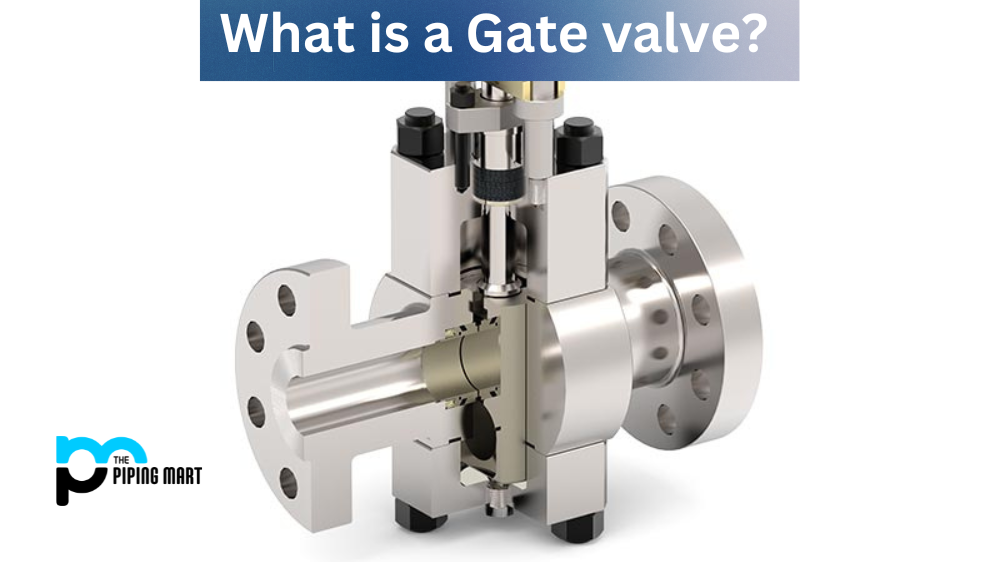Are you looking to explore the possibilities of ductile iron? Ductile Iron is an incredibly strong and resilient ferrous alloy that has many exciting applications, from industrial engineering machinery to decorative outdoor elements. With its high malleability and low notch sensitivity, it offers a durable material with unique characteristics ideal for a myriad of uses. In this blog post we’ll take an in-depth look at composition, properties and uses of ductile iron so you can examine the potential benefits this valuable alloy could bring your projects.
What is Ductile Iron?
Ductile iron is a type of cast iron with characteristics similar to steel. Ductile iron, alternatively called spheroidal graphite iron, spheroidal graphite cast iron, nodular cast iron, or SG iron, is a graphite alloy of iron and carbon. This material possesses ductile properties, as the name implies, whereas other types of cast iron are brittle.
Ductile iron has exceptional strength, durability, flexibility, and deformability due to its unique microstructure. It possesses mechanical attributes similar to steel.
Metallurgy of Ductile Iron
The key distinguishing feature of ductile iron is the shape of graphite in the microstructure. The graphite in ductile iron is present in nodular or spheroidal form, which increases the material’s ductility. Various nodulizing components, including magnesium, ferrosilicon, cerium, tellurium, and others, are added to ductile iron to create nodular graphite.
Ductile Iron Composition
In most cases, ductile iron is composed of 3.2 to 3.6 percent carbon, 2.2 to 2.8 percent silicon, 0.1 to 0.2 percent manganese, 0.03 to 0.04 percent magnesium, 0.005 to 0.04 percent phosphorus, 0.005 to 0.02 percent sulfur, and the remaining (approximately 94 percent) iron. Copper can also be added to ductile iron to boost its strength at the cost of ductility. The corrosion resistance of ductile iron can be enhanced by adding chromium and nickel. Aluminum can also be used instead of silicon to give superior oxidation protection.
Ductile Iron Properties
Ductile iron is a type of cast iron known for its ductility, high strength and durability. It boasts a tensile strength ranging from 80,000 to 300,000 psi (PSI) and hardness between 180-210 BHN. Its higher elongation capacity allows for greater resistance to deformation in extreme temperature conditions. Its impact load resistance is also higher than most other metals like aluminum or steel due to its microstructure of spheroid graphite particles dispersed within ferrite matrix. This makes it ideal for uses such as pipelines, heavy equipment parts, machine frames and more.
Ductile Iron Types
Ductile Iron is a type of cast iron composed of graphite, iron, and other metal alloys. It is more malleable than traditional cast iron and offers greater strength and durability while also being significantly lighter in weight. Ductile Iron is commonly used for valve bodies, water piping systems, pump housings, bridge components, mining equipment and machinery frames. Its versatility makes it an excellent material choice for many projects.
Ductile Iron Uses
Ductile iron is a type of cast iron that has high levels of carbon, silicon, manganese and magnesium. It is frequently used in applications requiring greater strength and ductility than gray cast iron can offer. Common uses include pipe, valves, automotive components, pressure vessels, machine tools such as frames and crankshafts; mining tools such as track pads; agricultural implements like plowshares; pipelines for the transportation of oil and gas. Additionally it’s used in applications where balance between hardness, toughness and wear resistance are desired such as golf clubs or protective cases for consumer electronics.
ASTM Specifications of Ductile Iron Castings
The ductile iron castings are covered by five ASTM specifications. ASTM A536 is the most extensively used specification, covering the general engineering grades of ductile iron, whereas other specifications cover austenitic and special grades. The ASTM standards that apply to ductile irons are listed below:
- ASTM A395 – Ferritic Ductile Iron Pressure-Retaining Castings
- ASTM A439 – Austenitic Ductile Iron Castings
- ASTM A476 – Ductile Iron Castings for Paper Mill Dryer Rolls
- ASTM A536 – Specification for Ductile Iron Castings
- ASTM A571 – Austenitic Ductile Iron Castings for Pressure-Containing Parts Suitable for Low-Temperature Service
- ASTM A716 – Ductile Iron Culvert Pipe
Differences between Ductile Iron and Cast Iron
Ductile iron is superior to cast iron or gray iron. The following are the primary distinctions between ductile iron and cast iron:
- Ductility: Ductile iron, as the name implies, is ductile, whereas cast iron is brittle. As a result, ductile iron does not break abruptly due to impact force. Cast iron cannot be bent, but ductile iron behaves in the other way.
- Microstructure: Ductile iron comprises nodular graphite, whereas cast iron has graphite flakes in the microstructure. These nodules increase ductile iron’s flexibility while decreasing its hardness.
- Cost: Ductile iron is slightly more expensive than cast iron in terms of cost.
- Physical and Mechanical Properties: Ductile iron has superior tensile and yield strength, elongation, and impact resistance than gray iron, but has lower heat conductivity and vibration-damping capability. Cast iron is more corrosive than ductile iron.
Differences between Carbon Steel and Ductile Iron
There are numerous distinctions between carbon steel and ductile iron. Let’s compare carbon steel and ductile iron.
- Compositions: Carbon steel has a lower carbon content (2%), compared to ductile iron (> 3%). In addition, the carbon in ductile iron is graphite.
- Castability and Welding Characteristics: Carbon steel is more weldable than ductile iron. However, ductile iron offers superior castability over carbon steel.
- Impact and Shock Resistance: Carbon steel is more impact-resistant. However, ductile iron is more resistant to shock and abrasion than carbon steel. Ductile iron has a higher corrosion resistance than unalloyed carbon steel.
- Cost: Carbon steel is more expensive than ductile iron.

Pipingmart is B2B portal specializes in industrial, metal and piping products. Also, share latest information and news related to products, materials and different types grades to help business dealing in this industry.




